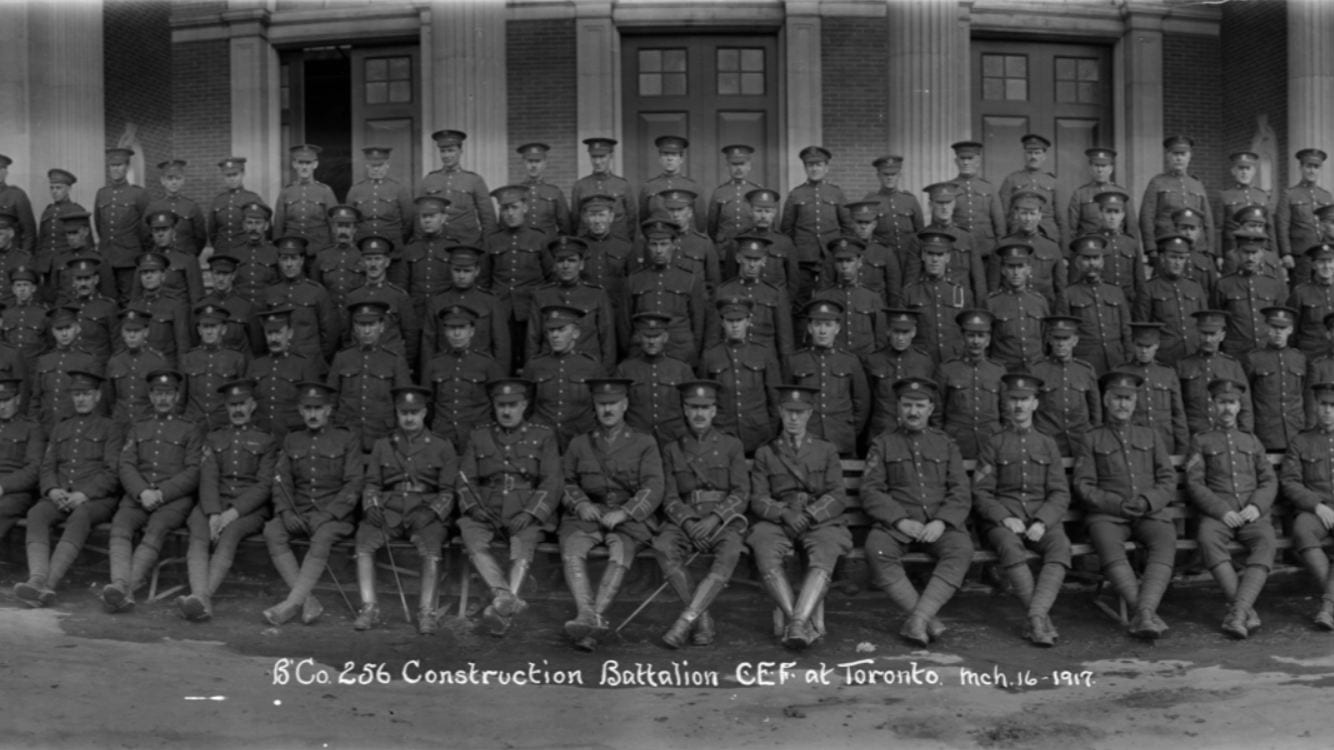As the last official PLP project of grade 9 draws to a close, we are all excited for summer which is just around the corner. In this post I’ll summarize all we did in this project of WW1, what I got out of it, how I was proficient in the competencies and my favourite aspect of the project. First, a basic rundown of the project itself. The main topic was the First World War, and our job was to find an artifact from WW1, find a soldier from WW1, then create a video essay about them. The driving question for this project was “how might we use artifacts and film to show the significance of WW1”. A brief answer to this is that I created a video explaining an artifact and soldier and connected it to WW1 and explained the significance. Before I answer that thoroughly I’ll explain the project and milestones I learnt lots from. Let’s start with the artifact. This year, our school had the privilege to get our hands on a WW1 discovery box created by the Canadian War Museum. In the discovery box were some extraordinary WW1 artifacts, like a gas mask, periscope and original shrapnel. The artifact I chose was Canadian attestation papers. In a nutshell, it was how Canadian citizens signed up for WW1 to become soldiers. One of my friends, Amy, chose recruitments poster, and our artifacts tied in well with each other as it went along the recruitment process in which one would sign up to become a soldier for Canada in WW1. We also had to choose a soldier to include in our video essay that connected with our artifact. I chose a Belgian man named Julien Gofflot who served in the 133rd and 256th battalion. In our video we would have to explain how the soldier and artifact connected to each other, how they connected to today and how WW1 transformed Canada.

Now into the 3 main assignments that helped develop my understanding of WW1 and the competencies. The first assignment was the main video essay. This was the main source of my learning about WW1 as we had to research many things that went into the video regarding WW1. I learned a lot about the recruitment process of WW1 through research of the attestation papers. I got a lot out of the research of my soldier too. I learned the about the daily life of a Canadian soldier in WW1 and many jobs they would undertake. Finally, to tell an accurate story, I had to learn in depth on the war itself! I learned about the timeline, the ethics and the whole story of WW1. Through the creation of the WW1 video essay, I greatly furthered my understanding of WW1. The video was also a great example of my proficiency in the historical significance competency. To show this competency I had to explain the significance of my soldiers role in the war, explain the significance of my artifact, connect the significance of the story to today and explain the symbolism of the story to WW1. In the video I showed all of these, by drawing great conclusions, thoroughly explaining the soldier significance through his railway construction, showing the significance of the artifact in how it helped the Canadians ship out troops, connecting the story to present day through supply vehicles and military sign ups and explaining the symbolism of WW1 through the significant events.
The second assignment I got a lot out of was the Zoom call we had with the war museum discovery box director. In this call we got to ask many questions about the artifacts we had. Personally this helped me greatly as I was a bit confused about what the artifacts meant and what some of them were used for. This part of the project shows the global collaborator competency. We used our technology effectively by zoom calling with the discovery box expert and being able to get any of the questions we had answered. We used our technology to connect globally as she was all the way across the country. This helped us to create our ideas and fine tune our understandings.
The third assignment that I learnt a lot from was the Instagram livestream we participated in, showing off our artifacts to the world. We set up stations where we would explain our artifact, then our teacher came around filmed us live to an audience. This also shows the global collaborator competency as we were able to use Instagram live technology to connect our ideas with the world.

Now to answer the driving question in full. “How might we use artifacts and film to show the significance of WW1”. I showed the significance of WW1 with my artifact by creating a video and connecting the artifact to things today, how it was significant in the war, and what the artifact and the war meant to the world at the time. All this, supporting the significance of WW1.
Overall, in this project, I learned about the significance of WW1, the significance of attestation papers in WW1, the impact of a typical WW1 soldier, and how Canada transformed through WW1. See ya.



Leave a Reply